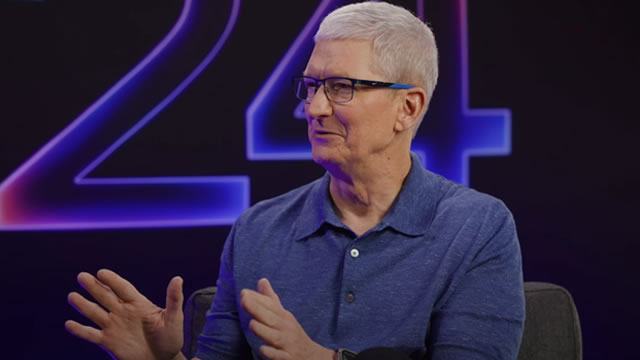Is it time to say goodbye to the yearly iPhone upgrade?
The Evolution of the iPhone Upgrade Cycle
It seems like just yesterday we were lining up outside Apple stores every September to get our hands on the latest iPhone model. But as technology has advanced and smartphones have become more durable, the need to upgrade our phones every year has diminished. Kim Forrest’s insights into Apple’s upcoming earnings report shed light on how the upgrade cycle for iPhone users has changed over the years.
Rethinking the Need for the Latest and Greatest
With every new iPhone release, Apple promises us a faster processor, better camera, and more features than ever before. But do we really need to upgrade our phones every year just to have the latest technology? As phones have improved, becoming more reliable and long-lasting, consumers are starting to question the necessity of constantly upgrading.
Not only are phones more durable than they used to be, but the cost of upgrading has also become a major consideration for many consumers. The days of getting a new phone for $200 with a two-year contract are long gone, and now we’re looking at prices upwards of $1000 for the latest models. As a result, many people are opting to hold onto their phones for longer periods of time before shelling out for a new one.
The Rise of Chinese Competitors
While Apple has long been the leader in the smartphone market, Chinese manufacturers are starting to gain ground, offering high-quality devices at more affordable prices. As Chinese consumers turn towards domestic products like Huawei and Xiaomi, Apple is facing increased competition in one of its key markets.
The Uncertainty of A.I.
Another factor to consider is the impact of artificial intelligence on the smartphone market. As A.I. technology continues to advance, consumers may find themselves more reliant on virtual assistants and other A.I. features, making the choice of smartphone even more crucial. With companies like Google and Amazon leading the way in A.I. development, Apple will need to continue innovating in order to stay ahead of the curve.
Effects on Individuals
For the average consumer, this shift in the iPhone upgrade cycle means that you may not need to rush out and buy the latest model as soon as it’s released. Holding onto your current phone for an extra year or two could save you money in the long run, without sacrificing too much in terms of performance or features.
Global Implications
From a global perspective, the rise of Chinese competitors and the impact of A.I. technology on the smartphone market could lead to a more diverse and competitive landscape. As consumers have more options to choose from and technology continues to advance, we can expect to see a greater variety of smartphones on the market, catering to different needs and preferences.
Conclusion
In conclusion, the evolution of the iPhone upgrade cycle reflects a changing consumer mindset when it comes to smartphones. As technology improves and prices rise, it’s becoming less necessary to upgrade our phones every year. With increased competition from Chinese manufacturers and the growing influence of artificial intelligence, the smartphone market is in a state of flux, offering both challenges and opportunities for consumers and companies alike.





